Posted on Aug 21, 2020 5:14 PMList number 6 already! 
I think you all know the intro, but just in case, here it is:
I like to make lists, but particularly wildflower lists. Every so often I'll post one, and the number of wildflowers in the list can vary. But whatever the number, you can rest assured that there will at least 3 of them in the list that you didn't know about before! Sometimes I can have some of the more common wildflowers in my list, but I mainly put some of the more rare wildflowers in the lists, or, in other words, the wildflowers that most gardener's don't think twice about. Enjoy the lists, and if you want to read the older ones, then click on the links below:
List #1: https://garden.org/blogs/entry...
List #2: https://garden.org/blogs/entry...
List #3: https://garden.org/blogs/entry...
List #4: https://garden.org/blogs/entry...
And list #5: https://garden.org/blogs/entry...
The list: (the wildflowers aren't arranged in any specific order)
#1: Comb Draba (Draba oligosperma)
This is one of many tufted species with yellow flowers, distinguished in part by technical characteristics of the hairs.
#2:
Range: Central Canada to Texas, most frequent east of the Rocky Mountains, but found sporadically to the cascades and Sierra Nevada.
#3:
Range: British Columbia and Idaho; south to Southern California and New Mexico.
#4: Flatpod (Idahoa scapigera)
When the 2 sides of the pod fall away, the silvery partition remains attached to the tip of the flower stalk. Range: northern California to eastern Washington, southern Idaho, and northern Nevada.
#5:
Range: southeastern Oregon to Southern California; east to western Texas, central Wyoming, and central Colorado.
#6:
Leaves add a mild peppery flavor to salads. Nasturtium comes from the Latin nasi tortium (which means "distortion of the nose"), referring to the plant's pungency.
#7: Daggerpod (Phoenicaulis cheiranthoides)
This is the only species in this genus. When the pods dry, the entire flowering stem breaks at the base and is taken away by the wind.
#8: Hedge Mustard (Sisymbrium officinale)
Range: throughout, but more frequent west of the Sierra Nevada and the Cascade Mountains. This plant is originally from Europe.
#9: Stringflower (Silene hookeri)
Range: Northwestern California and southwestern Oregon.
#10:
Range: California. Northern California south to Baja California.
#11:
Range: Western Texas to south-central Colorado and eastern half of Arizona; south throughout most of Mexico.
#12:
Range: along the pacific coast from British Columbia to Southern California.
#13:
Range: Throughout. Habitat: fields, lots, gardens, and roadsides.
#14: Arizona Blue Eyes (Evolvulus arizonicus)
Range: southern Arizona, southwestern New Mexico, and northern Mexico. Habitat: open areas in deserts, grasslands, and among piñon and juniper.
#15:
Range: western Texas to Arizona and Mexico. Habitat: brushy hillsides and canyons.
#16:
Range: eastern Montana and western South Dakota; south to northeastern New Mexico and western Texas. Habitat: sandy or disturbed soil in prairies.
#17:
Range: California to Texas. Habitat: fields, lots, and roadsides.
#18:
Range: British Columbia to Southern California; also in western Idaho. Habitat: open or fairly dense forests.
#19:
Range: much of California in the Sierra Nevada and Coast Ranges. Habitat: on rock, in brush and open woods.
#20:
Dipascus, presumably coming from the Greek word dipsa, meaning "thirst", refers to the water accumulated in the cup-like bases of joined leaves.
Please don't forget to tell me about some wildflowers that you think I should include in the next list! I'll be making a thread specifically for that, for every wildflower list that I make. Stay safe and happy gardening! 
![]()
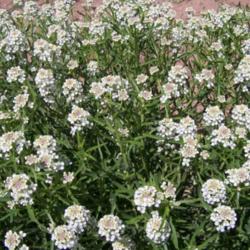
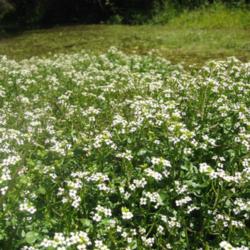
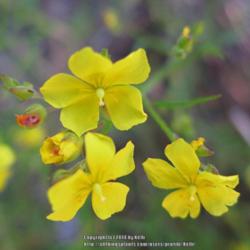



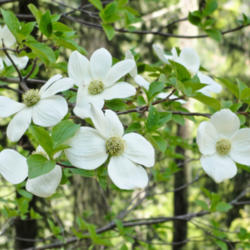
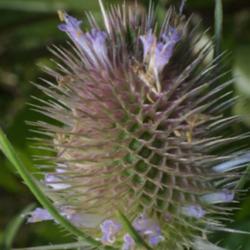
![]()